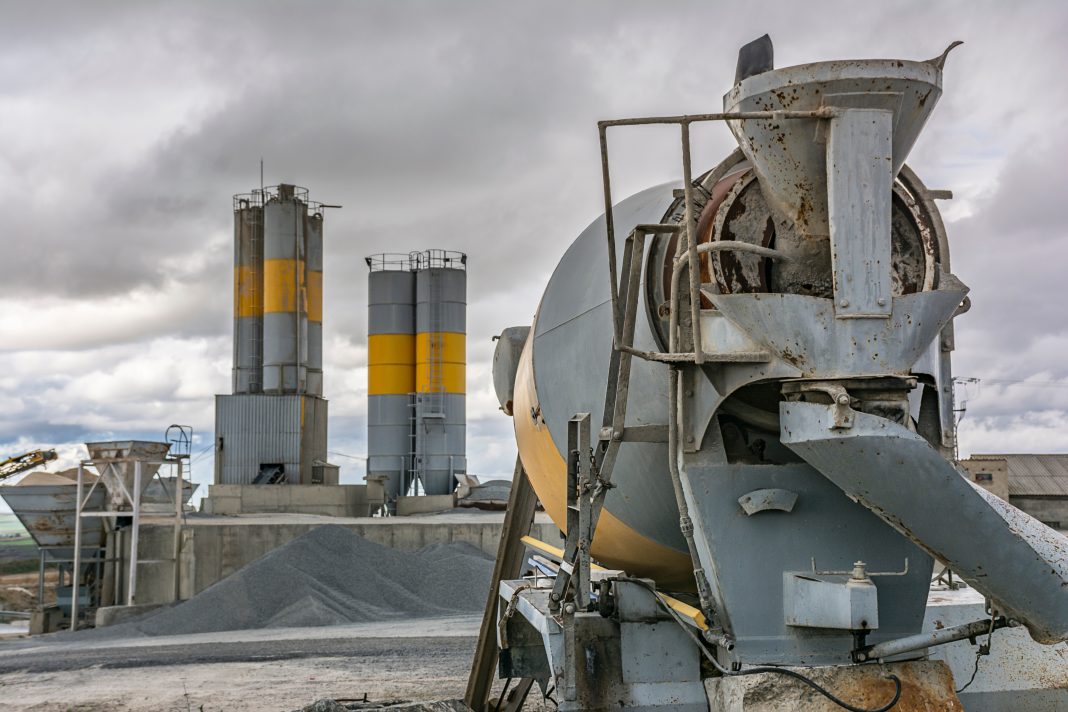Oman: IPIAC, a Madrid-headquartered engineering firm, has secured a contract to supply Oman’s, and the Middle East’s, first low-carbon cement plant. The plant, based on IPIAC’s innovative LC3 technology, is set to transform cement production by significantly reducing carbon emissions by approximately 40%.
Alberto Putin, the General Manager of IPIAC, stated, “Very proud that IPIAC will be pioneering the introduction of LC3 — Low Carbon Cement — in a new region of the world”.
Moreover, he added that “IPIAC is now introducing this disruptive technology in Oman, which will be the first country in the Middle East region to use calcined clays to reduce its clinker factor (to mitigate CO2 emissions up to 40%) in its cement and concrete production”
LC3, a relatively new variant, combines limestone and abundant low-grade clays found globally, including Oman. Unlike conventional clinker production with high-temperature demands, LC3 utilizes calcined clays at lower temperatures (600 – 700 degrees Celsius), achieving a significant cut in carbon emissions. The outcome is the creation of environmentally sustainable, durable, and cost-effective cement and concrete.
IPIAC, known for pioneering the first LC3 pilot project in Cuba and establishing a greenfield plant in the Ivory Coast in 2020, is set to bring this innovative technology to Oman. The company aims to expedite the implementation process by shipping plant machinery in ‘plug and play’ mode, with all components pre-assembled in flat-rack containers.
This move aligns with the global surge in interest in LC3-based cement production, recently recognized by the COP28 UAE Presidency.
According to École Polytechnique Fédérale de Lausanne (EPFL), a pioneer in LC3 production, LC3 has the potential to eliminate 500 million tonnes/year of global CO2 emissions by 2030. Currently, nine plants worldwide produce LC3 cement, with an additional 20 in the pipeline before 2025.
Oman’s foray into low-carbon cement production marks a significant stride in environmental sustainability.







